It’s not often our work features in video format so it was fun to see Newsroom cover the LowCO (low-carbon) homes by Fletcher Living. Sustainable Engineering has been involved with this project for the past two years, working on the embodied carbon modelling and consulting on the finer points of energy modelling. Some novel questions have emerged! For instance, we’ve …
No Passive House aquatic centre for NZ: yet
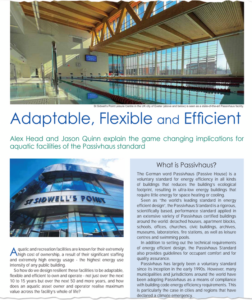
Australasian Leisure Management magazine has published a great article on Passive House aquatic facilities by Alex Head from Architecture HDT Christchurch and Sustainable Engineering’s Jason Quinn. As Alex explains, “aquatic and recreation facilities are known for their extremely high cost of ownership, a result of their significant staffing and extremely high energy usage—the highest energy use intensity of any public …
Toxic mould condemns $17m mansion
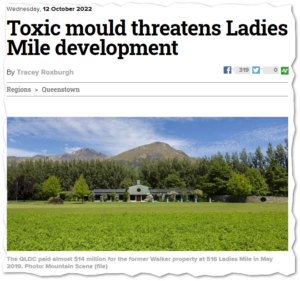
It’s rare to hear about building failures as owners of properties that require remediation often want it kept very quiet. As the new owner is the local council, which claims it bought it for the land, this case made headlines locally. The property at 516 Frankton-Ladies Mile boasts a five bedroom, copper-roofed house sprawling over 440m2, plus additional 320m2 of …
BIM models are accurate enough

Engineers use lots of computer modelling tools. It’s our professional responsibility to understand those tools well enough to understand their limitations and determine when they are sufficiently accurate. This accuracy (ie computer prediction matching reality) is essential to providing good competent advice. At the core of understanding are validation studies like the ones below: ASHRAE RP-1117 and the more recent …
Energy modelling at heart of Passive House
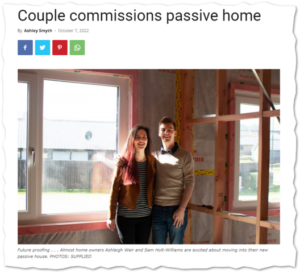
Often when people talk about Passive House, they’ll focus on those things they can see and touch, like triple-pane windows or mechanical ventilation. But the core of the Passive House methodology is the part you can’t see: it’s the thermal energy model. That modelling is how the design team can make sure this young couple’s first home is going to …
Leaky building crisis spreads to Australia
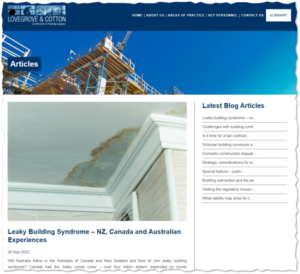
Here’s a detailed but accessible write up about leaky homes that takes an international perspective. Written by Australian lawyers who specialise in construction law, it considers the risks emerging for Australia and compares it to the Canadian and New Zealand experience. Lawyer Kim Lovegrove says increasing numbers of leaky apartments are coming to light in Australia. He notes that in …
NZ’s first EnerPHit wins architecture awards

Congratulations to Terry Bryers and the construction team for winning a fistful of awards: the Auckland/Northland/Coromandel Supreme Renovation of the Year award, the Renovation Over $1.5 million category, and a Gold Award. According to the Stuff write up, “While the house retains its original concrete structure, it looks and feels completely different. The judges described the renovation as “incredible” and …
Coromandel Passive House: small, off-grid and tracking for Premium designation
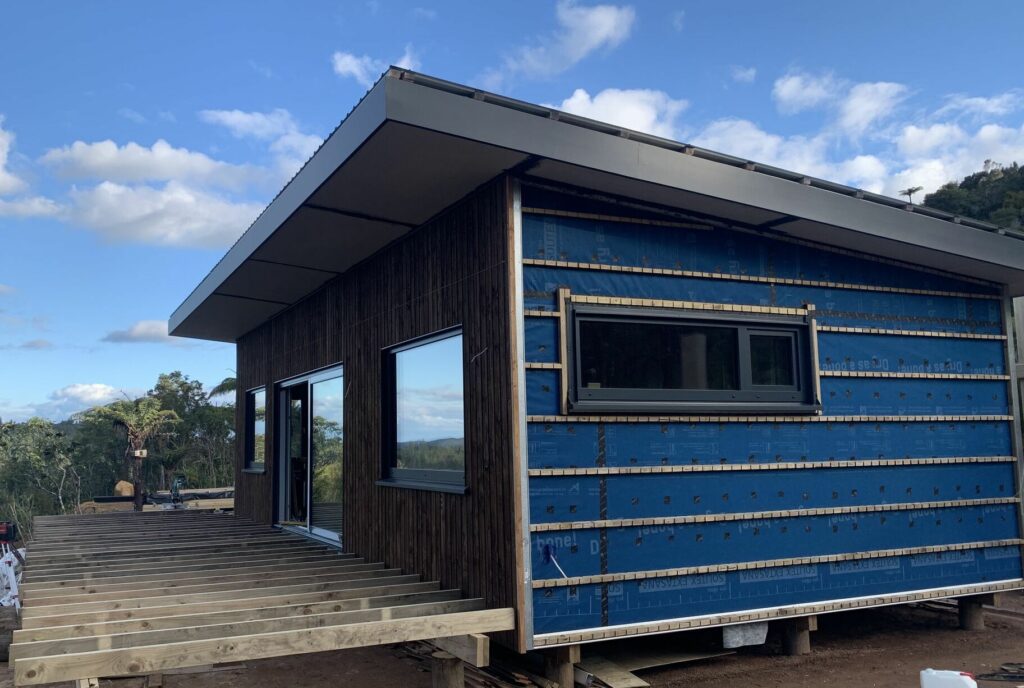
The North Island is finally on track to have its first Passive House Premium home. Steven Hughes’ small but perfectly formed house in the Coromandel Peninsula has passed pre-construction review. That’s the first and most important hurdle to clear for certification. The Sustainable Engineering certifiers have reviewed all the documentation and analysis and have given an independent assurance that if …
PHPP accuracy proven by comparison to other tools

PHPP matches quite well for monthly heating and cooling energy demand when compared to lots of dynamic energy modelling software tools. And it should, as the equations/methods in PHPP have been developed (and simplified) by reference to many dynamic simulations. The bar graph comparing the monthly heating and cooling energy demand has the PHPP as the rightmost bar. Note that …
